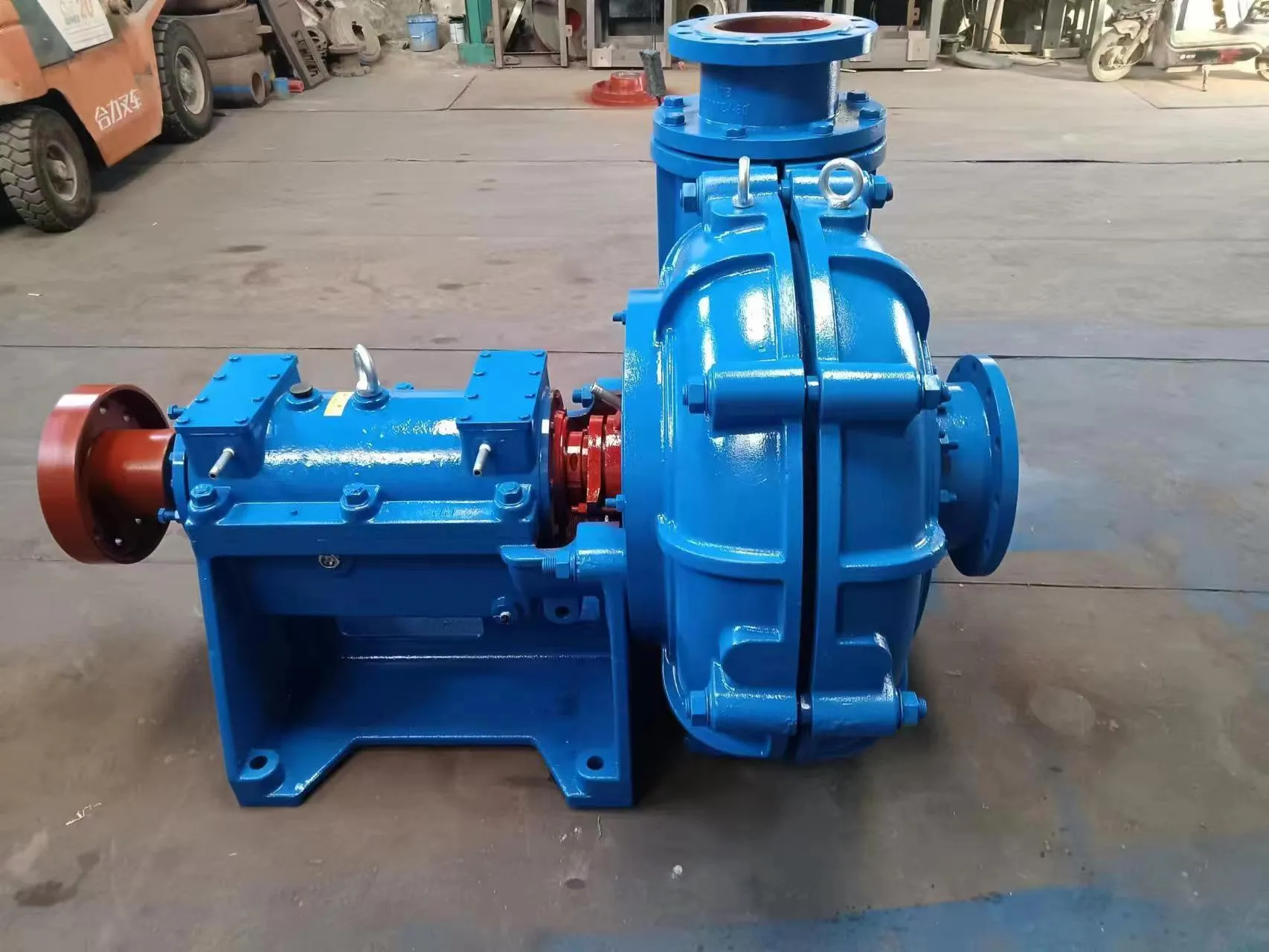Catalan
- Afrikaans
- Albanian
- Amharic
- Arabic
- Armenian
- Azerbaijani
- Basque
- Belarusian
- Bengali
- Bosnian
- Bulgarian
- Catalan
- Cebuano
- Corsican
- Croatian
- Czech
- Danish
- Dutch
- English
- Esperanto
- Estonian
- Finnish
- French
- Frisian
- Galician
- Georgian
- German
- Greek
- Gujarati
- Haitian Creole
- hausa
- hawaiian
- Hebrew
- Hindi
- Miao
- Hungarian
- Icelandic
- igbo
- Indonesian
- irish
- Italian
- Japanese
- Javanese
- Kannada
- kazakh
- Khmer
- Rwandese
- Korean
- Kurdish
- Kyrgyz
- Lao
- Latin
- Latvian
- Lithuanian
- Luxembourgish
- Macedonian
- Malgashi
- Malay
- Malayalam
- Maltese
- Maori
- Marathi
- Mongolian
- Myanmar
- Nepali
- Norwegian
- Norwegian
- Occitan
- Pashto
- Persian
- Polish
- Portuguese
- Punjabi
- Romanian
- Russian
- Samoan
- Scottish Gaelic
- Serbian
- Sesotho
- Shona
- Sindhi
- Sinhala
- Slovak
- Slovenian
- Somali
- Spanish
- Sundanese
- Swahili
- Swedish
- Tagalog
- Tajik
- Tamil
- Tatar
- Telugu
- Thai
- Turkish
- Turkmen
- Ukrainian
- Urdu
- Uighur
- Uzbek
- Vietnamese
- Welsh
- Bantu
- Yiddish
- Yoruba
- Zulu
Telephone: +86 13120555503
Email: frank@cypump.com
set. . 06, 2024 00:05 Back to list
Ejection Pump Solutions - Efficient Wastewater Management
Understanding Ejection Pumps Functionality and Applications
Ejection pumps play a critical role in various industries, particularly in managing and removing wastewater and other fluids. These pumps are designed to handle the difficult task of moving fluids that are typically at a lower elevation to a higher elevation, overcoming gravity in the process. This article will explore the functionality, design, and various applications of ejection pumps, shedding light on their significance in modern fluid management systems.
Ejection pumps work by utilizing a combination of mechanical action and fluid dynamics to transport liquids. At the core of their operation is the ejector, which creates a vacuum that draws in the fluid and propels it through the discharge pipe. This mechanism often incorporates a motor to drive the pump and a series of valves to manage fluid flow effectively. One of the distinct advantages of ejection pumps is their ability to handle both solid and liquid waste, making them indispensable in residential, commercial, and industrial applications.
In residential settings, ejection pumps are commonly used in basements where sewage systems are located below the main sewage line. They ensure that wastewater is pumped up to the municipal sewer line, preventing backups and flooding. In these scenarios, ejection pumps are typically connected to toilets, sinks, and showers, providing efficient drainage for homes that are not gravity-fed.
ejection pump

In commercial settings, ejection pumps are crucial in managing waste in various establishments, from restaurants to hotels. These pumps help maintain sanitary conditions by effectively disposing of wastewater, thereby preventing health hazards associated with stagnant water and sewage. With the increasing focus on sustainability and environmental protection, ejection pumps are often integrated with systems designed to recycle water and manage runoff.
The industrial applications of ejection pumps extend to sectors such as manufacturing, mining, and construction. In these settings, ejection pumps are employed to remove excess water from work sites, manage stormwater, and facilitate the processing of industrial waste. Their robust design enables them to handle the heavy-duty conditions often encountered in these industries, ensuring reliable operation even in challenging environments.
One of the challenges associated with ejection pumps is maintenance. Like any mechanical system, they require regular upkeep to function effectively and prevent failures. It is essential for operators to periodically check for clogs, inspect electrical components, and maintain a clean environment to ensure longevity and efficiency.
In summary, ejection pumps serve a vital purpose in modern fluid management systems, from residential to commercial and industrial applications. Their ability to efficiently manage wastewater and other fluids makes them an integral component of sanitation systems worldwide. As technology advances, we can expect to see further innovations in ejection pump design and functionality, enhancing their efficiency and reducing their environmental impact. Understanding their operation and maintenance is essential for anyone involved in the management of fluid systems, ensuring that these critical pumps continue to perform their essential duties effectively.
-
Horizontal Split Case Pump with GPT-4 Turbo | High Efficiency
NewsAug.01,2025
-
ISG Series Pipeline Pump - Chi Yuan Pumps | High Efficiency, Durable Design
NewsAug.01,2025
-
Advanced Flue Gas Desulfurization Pump with GPT-4 Turbo | Durable & Efficient
NewsJul.31,2025
-
ISG Series Vertical Pipeline Pump - Chi Yuan Pumps | Advanced Hydraulic Design&Durable Construction
NewsJul.31,2025
-
ISG Series Vertical Pipeline Pump - Chi Yuan Pumps | Energy Efficient & Low Noise
NewsJul.31,2025
-
pipeline pump - Chi Yuan Pumps Co., LTD.|High Efficiency&Low Noise
NewsJul.31,2025










